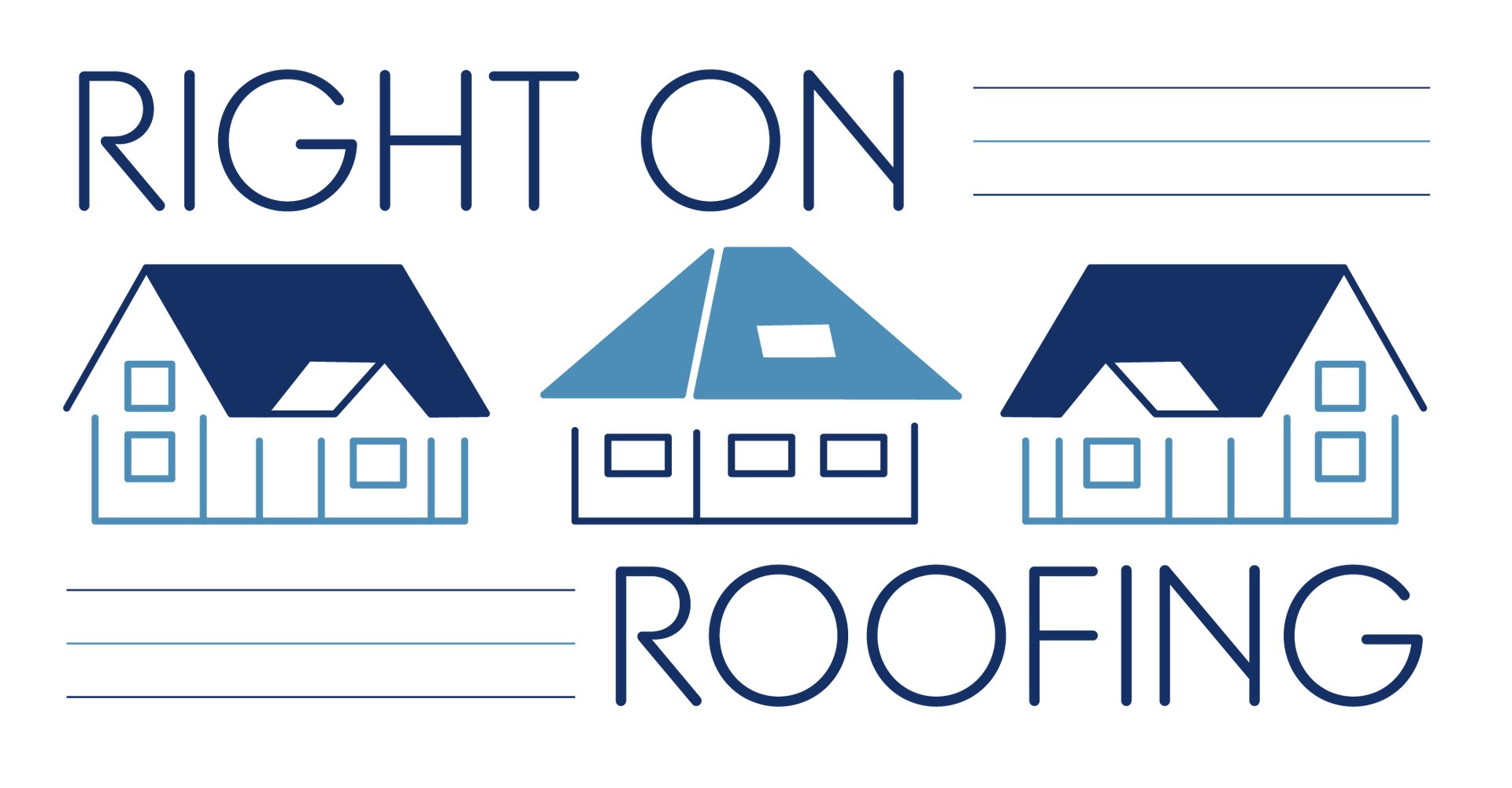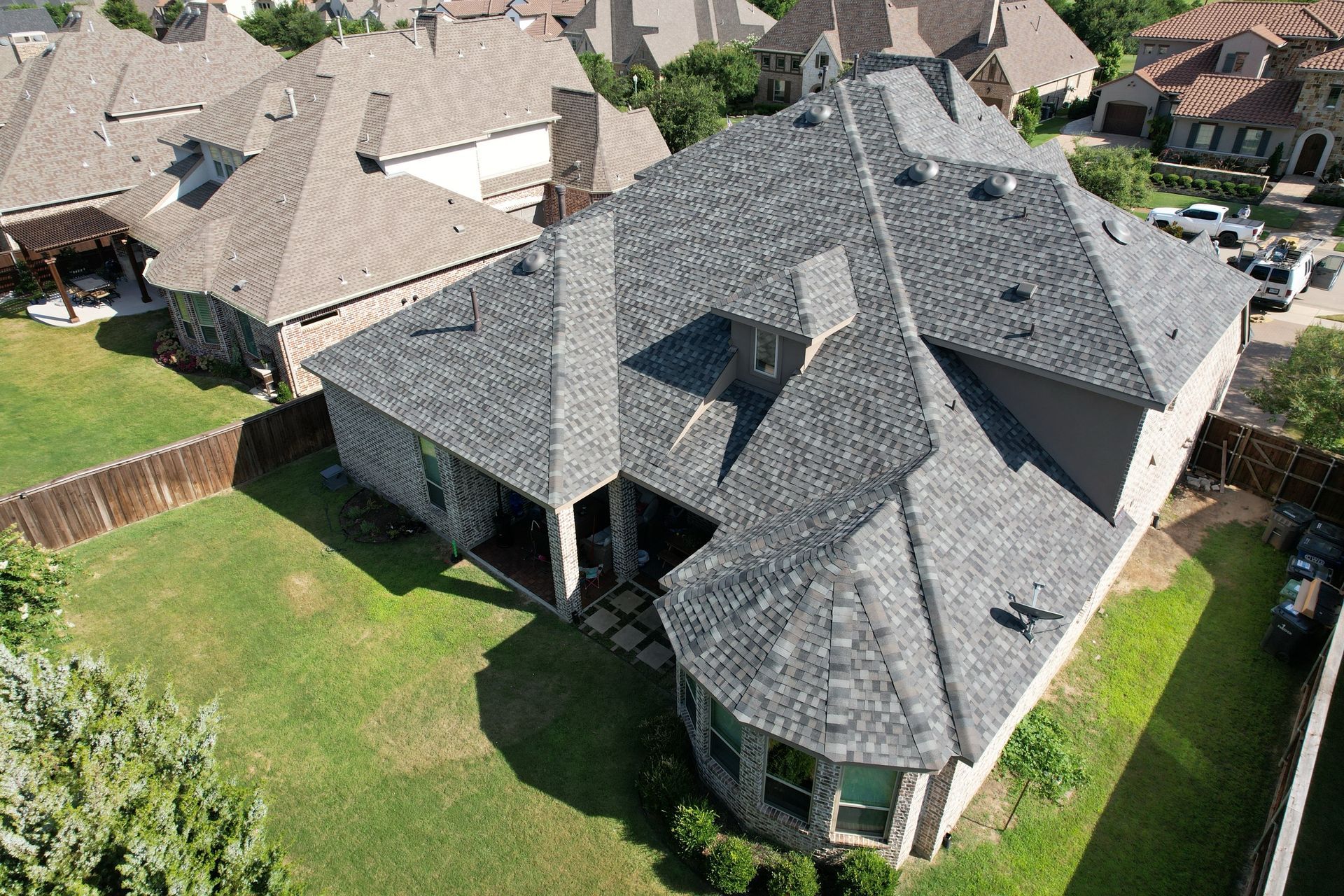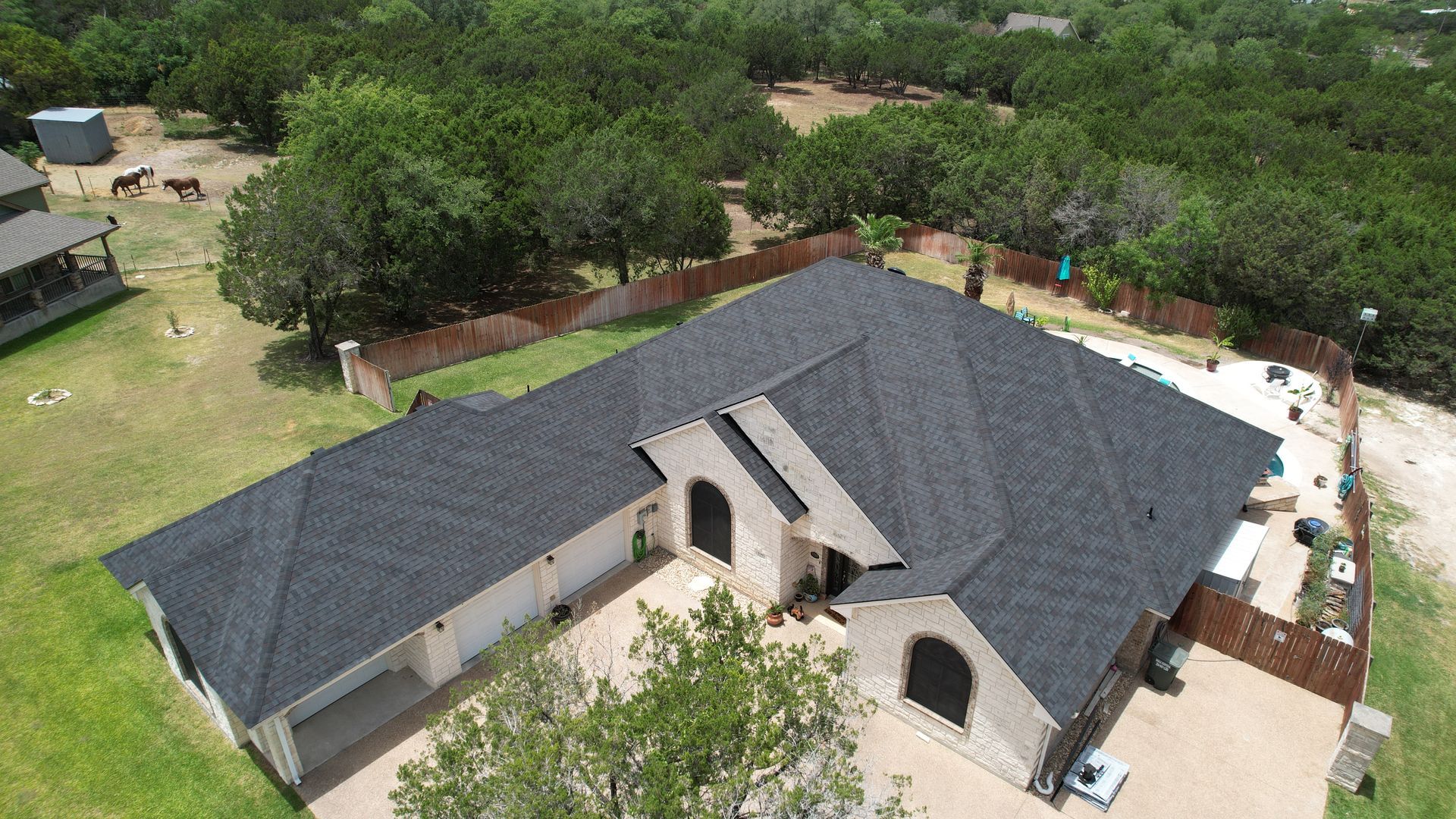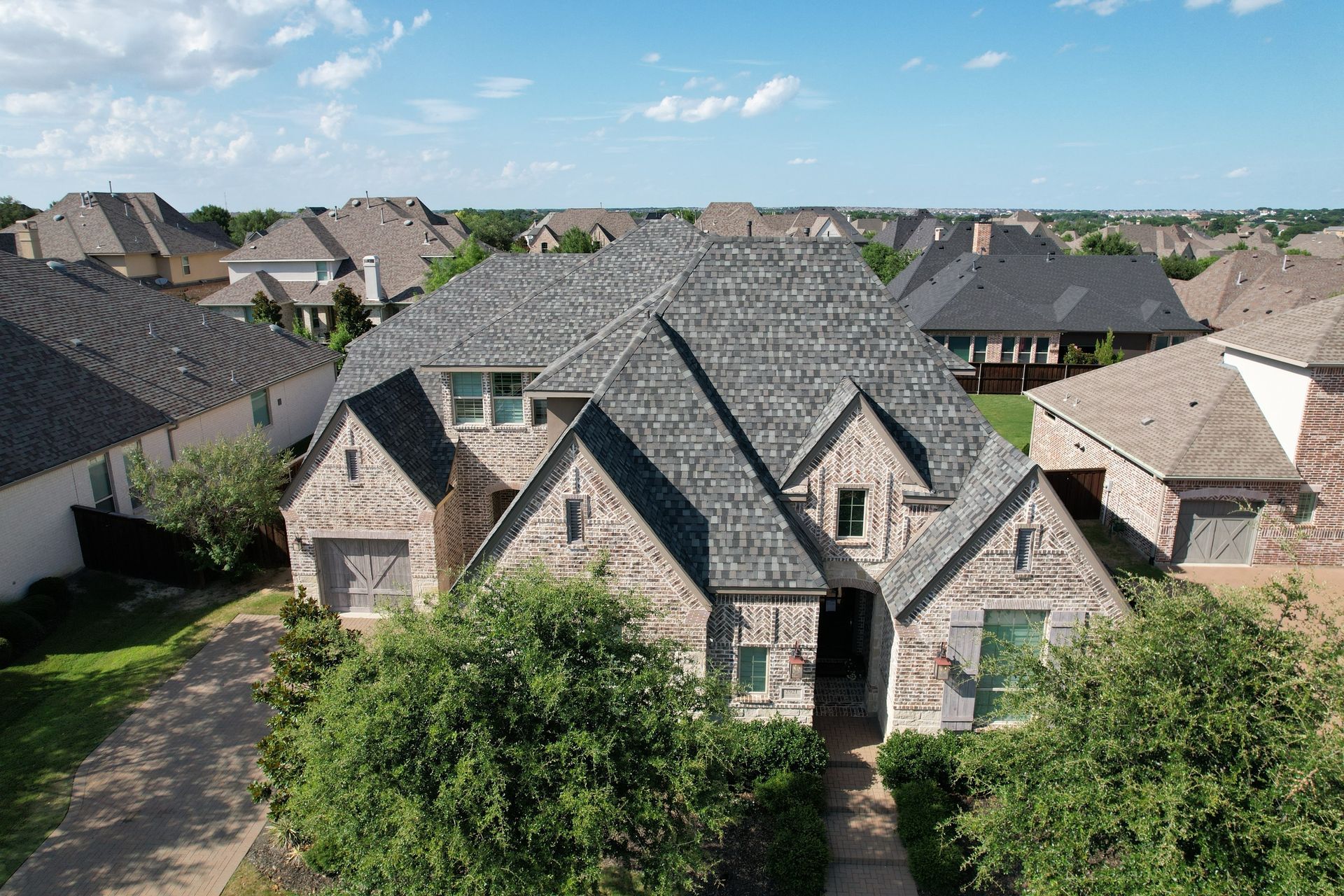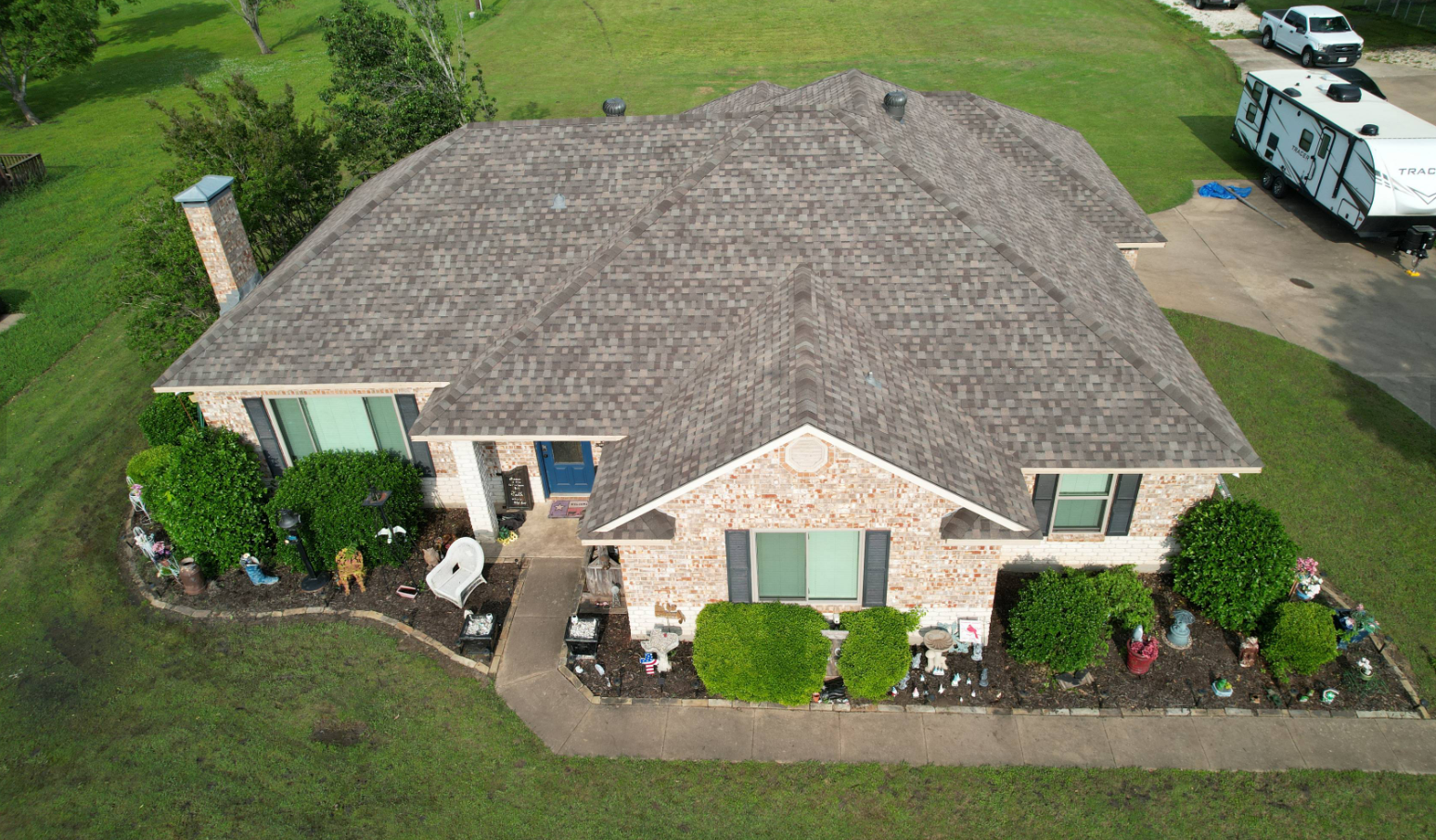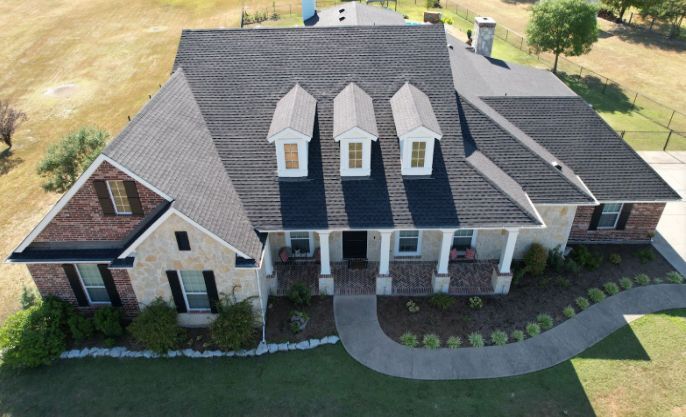Get in touch
555-555-5555
mymail@mailservice.com
How to Spot Early Signs of Roof Damage
Brooke Douglas • September 5, 2024
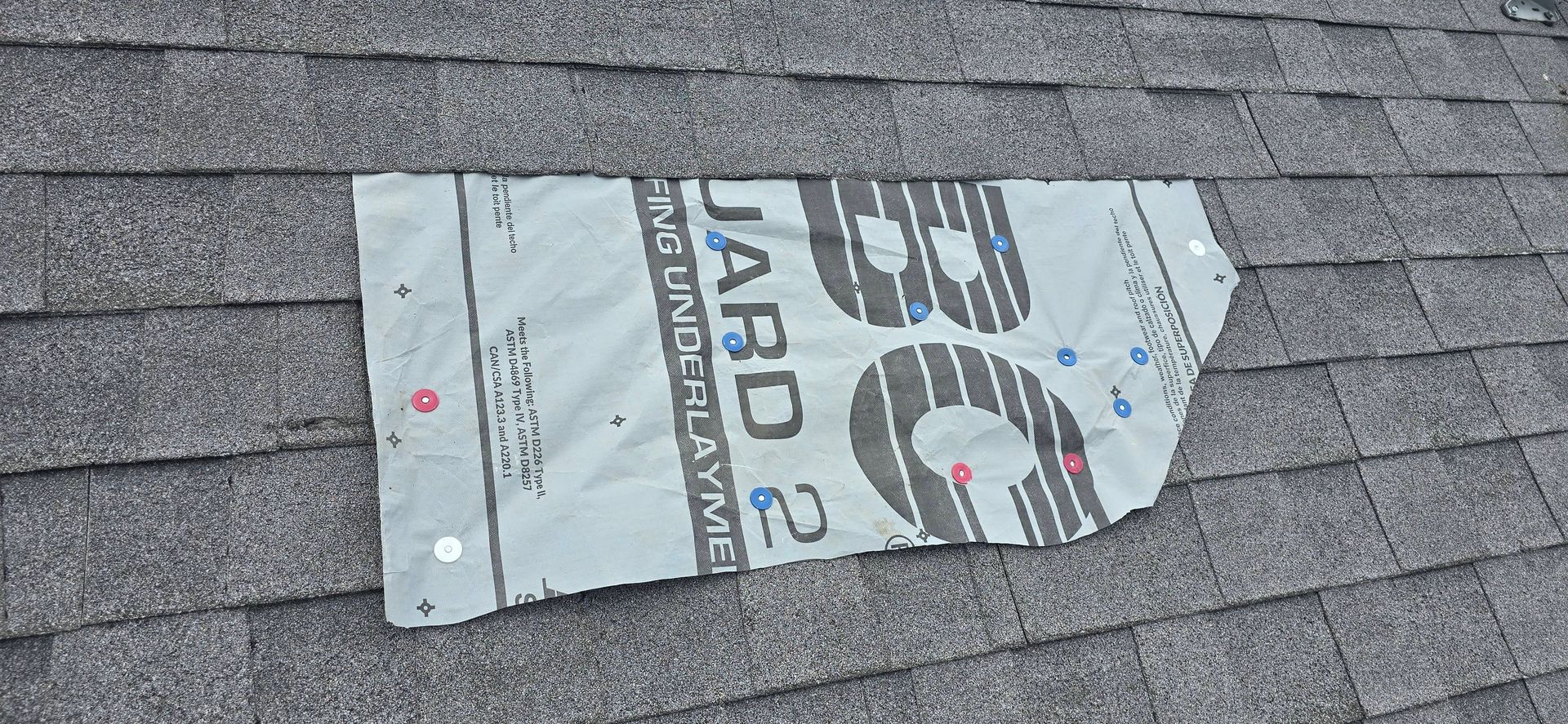
Your roof is one of the most crucial components of your home, protecting you and your family from the elements. However, like any other part of your house, it can suffer from wear and tear over time. Spotting early signs of roof damage can save you from more extensive and costly repairs down the line.
One of the most obvious signs of roof damage is missing or damaged shingles. High winds, hail, and other weather conditions can cause shingles to crack, curl, or even come loose entirely. If you notice any shingles that are broken, curled, or missing altogether, it’s time to take action. Damaged shingles can expose the underlying layers of your roof to the elements, leading to leaks and further damage.
If you have asphalt shingles, one sign of aging or damage is granule loss. These granules protect your shingles from the sun’s UV rays, and over time, they can wear away. You might notice granules in your gutters or downspouts, or you might see bare spots on your shingles. Granule loss can reduce the effectiveness of your shingles and shorten the lifespan of your roof.
Water stains on your ceilings or walls are a clear indication that water is making its way into your home. This is often the result of a leak in your roof, which can be caused by damaged shingles, flashing, or other roofing materials. Even a small leak can lead to significant damage over time, including mold growth and structural issues, so it’s important to address this problem as soon as you spot it.
A sagging roof deck is a serious sign of structural damage. This can occur if water has seeped into the underlying structure of your roof, weakening the materials and causing them to sag. If you notice any part of your roof sagging, it’s essential to contact a professional roofer immediately to assess the situation and prevent further damage.
Flashing is the material used to seal and protect areas of your roof where it meets walls, chimneys, or other structures. Over time, flashing can become loose, cracked, or corroded, leading to potential leaks. Check the flashing around your chimney, skylights, and vents regularly to ensure it is in good condition. If you notice any damage, it’s important to repair or replace the flashing as soon as possible.
While moss and algae may seem like minor cosmetic issues, they can actually cause significant damage to your roof. Moss retains moisture, which can lead to the deterioration of your roofing materials, particularly if you have asphalt shingles. Algae, on the other hand, can create dark streaks on your roof, which can absorb heat and increase the temperature inside your home. Regularly cleaning your roof and removing moss or algae can help prevent these issues from causing more severe damage.
If you notice a sudden spike in your energy bills, it could be a sign that your roof is no longer insulating your home effectively. Damaged or deteriorating roofing materials can allow heat to escape in the winter and enter in the summer, making your heating and cooling systems work harder. If your energy bills are rising without a clear reason, it’s worth having your roof inspected to identify any potential issues.
Your gutters play a critical role in directing water away from your roof and home. However, if they’re filled with debris like leaves, twigs, and roofing granules, they can’t function properly. Clogged gutters can cause water to back up onto your roof, leading to leaks and water damage. Regularly cleaning your gutters and checking for signs of shingle granules can help you spot roof damage early.
Finally, if you can see daylight coming through your roof boards when you’re in your attic, this is a clear sign that your roof has holes or gaps. This kind of damage can allow water, pests, and even cold air to enter your home. It’s crucial to address these issues immediately to prevent further damage and maintain your home’s energy efficiency.
In conclusion, regularly inspecting your roof and being aware of these early signs of damage can help you catch problems before they escalate. If you notice any of these issues, it’s important to contact a professional roofer to assess the damage and recommend the best course of action. By staying vigilant and addressing roof problems early, you can extend the lifespan of your roof and protect your home from more serious damage.

By Jason Hicks
•
January 10, 2025
Ice damming occurs when snow on a roof melts, usually due to heat escaping from the attic or an unevenly heated roof and then refreezes at the eaves (the edges of the roof). This creates a "dam" of ice that prevents additional melting snow from properly draining off the roof. Instead, the water pools behind the ice dam and can seep under shingles, potentially causing roof leaks, water damage, and even structural problems. Here's a breakdown of the process: Snow Accumulation: Snow builds up on the roof during a winter storm. Melting: Warm air inside the attic or heat from the sun causes the snow to melt at the higher, warmer parts of the roof. Refreezing: As the melted snow flows down the roof, it reaches the colder eaves or edges of the roof where it refreezes, forming an ice dam. Water Pooling: The ice dam blocks further melted snow from draining, causing water to pool behind it. Leakage: Over time, this pooled water can work its way under the shingles, potentially penetrating the roofing underlayment and causing leaks inside the home. Potential Consequences of Ice Damming Roof Damage: Water infiltration can rot roof decking and compromise the roof structure. Gutter Damage: Ice dams can weigh down and damage gutters. Interior Water Damage: Water may seep into walls, ceilings, and insulation, leading to stains, mold, and structural issues. Preventing Ice Damming Proper Insulation: Ensure the attic is well-insulated to keep heat from escaping and warming the roof. Ventilation: Adequate attic ventilation helps maintain a consistent roof temperature. Snow Removal: Safely remove snow from the roof using tools like a roof rake to minimize melting and refreezing. Ice and Water Shield: Install an ice and water shield membrane under the shingles, especially at the roof edges. Heating Cables: Use electric heating cables along the eaves to prevent ice from forming. Addressing ice damming early can help protect the roof and avoid costly repairs.
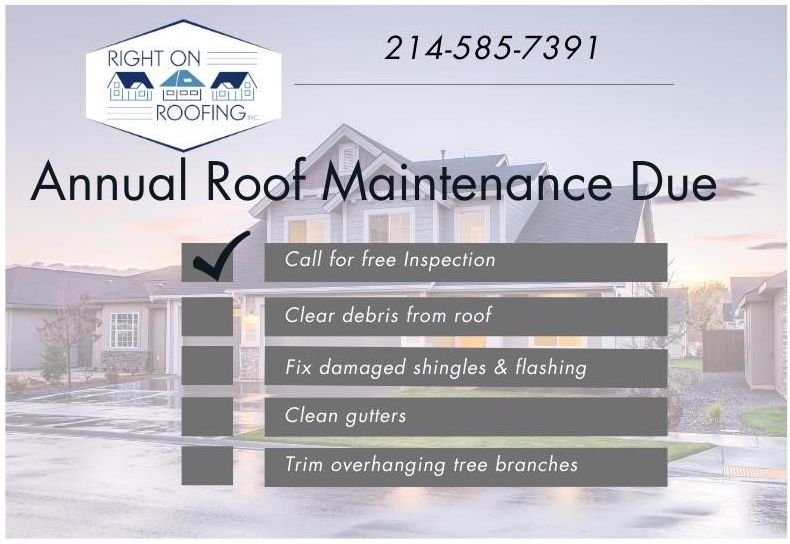
By Jason Hicks
•
December 17, 2024
Is your roof ready for the seasons ahead? A little maintenance goes a long way in protecting your home and saving on costly repairs. ✅ Call us for a FREE inspection today! 📞 214-585-7391 Make sure to: ✔️ Clear debris from your roof ✔️ Fix damaged shingles & flashing ✔️ Clean gutters ✔️ Trim overhanging tree branches Don't wait until small issues turn into big problems. Let Right On Roofing take care of your home! #RoofMaintenance #HomeCare #RightOnRoofing #FreeInspection #ProtectYourHome #RoofingExperts
